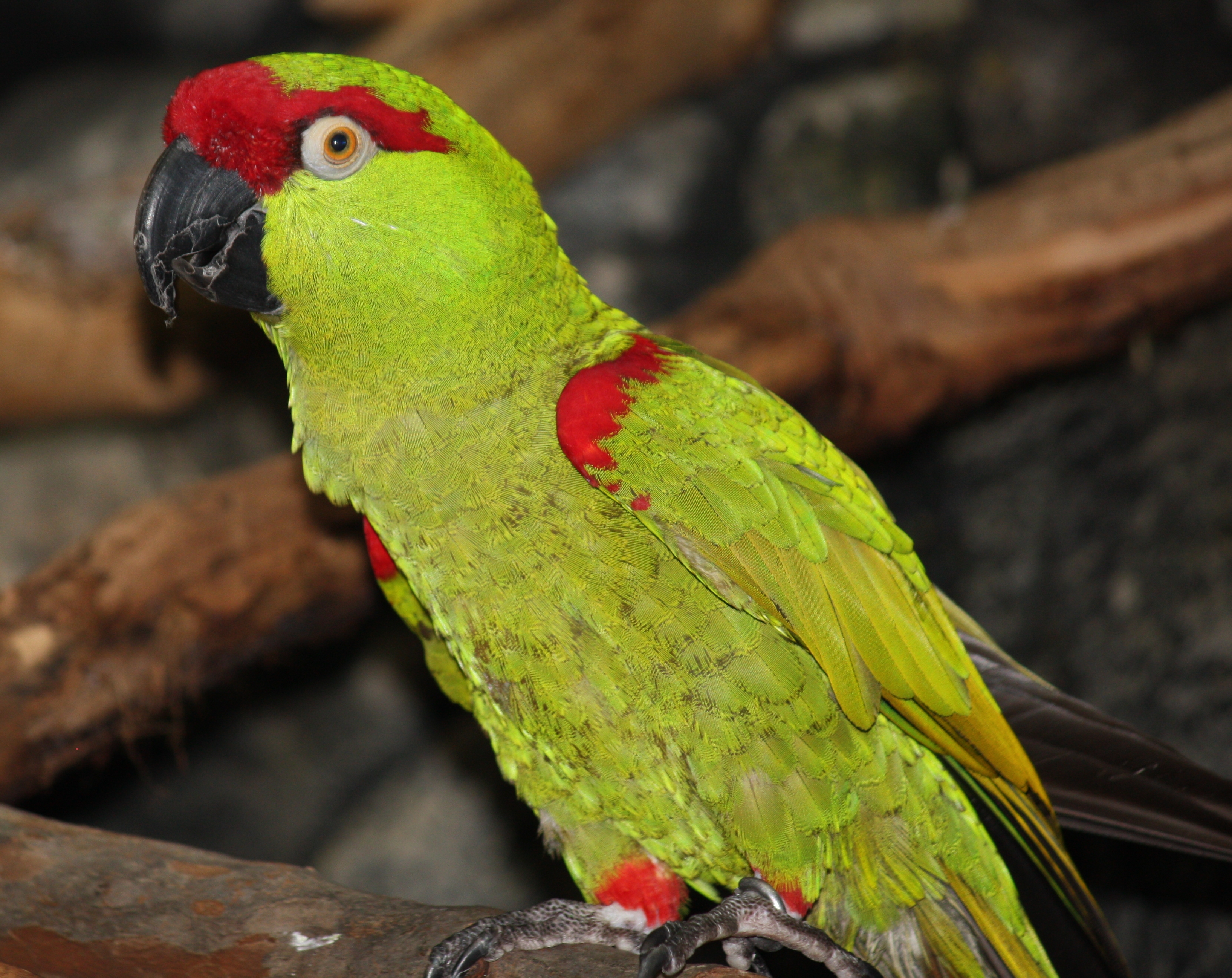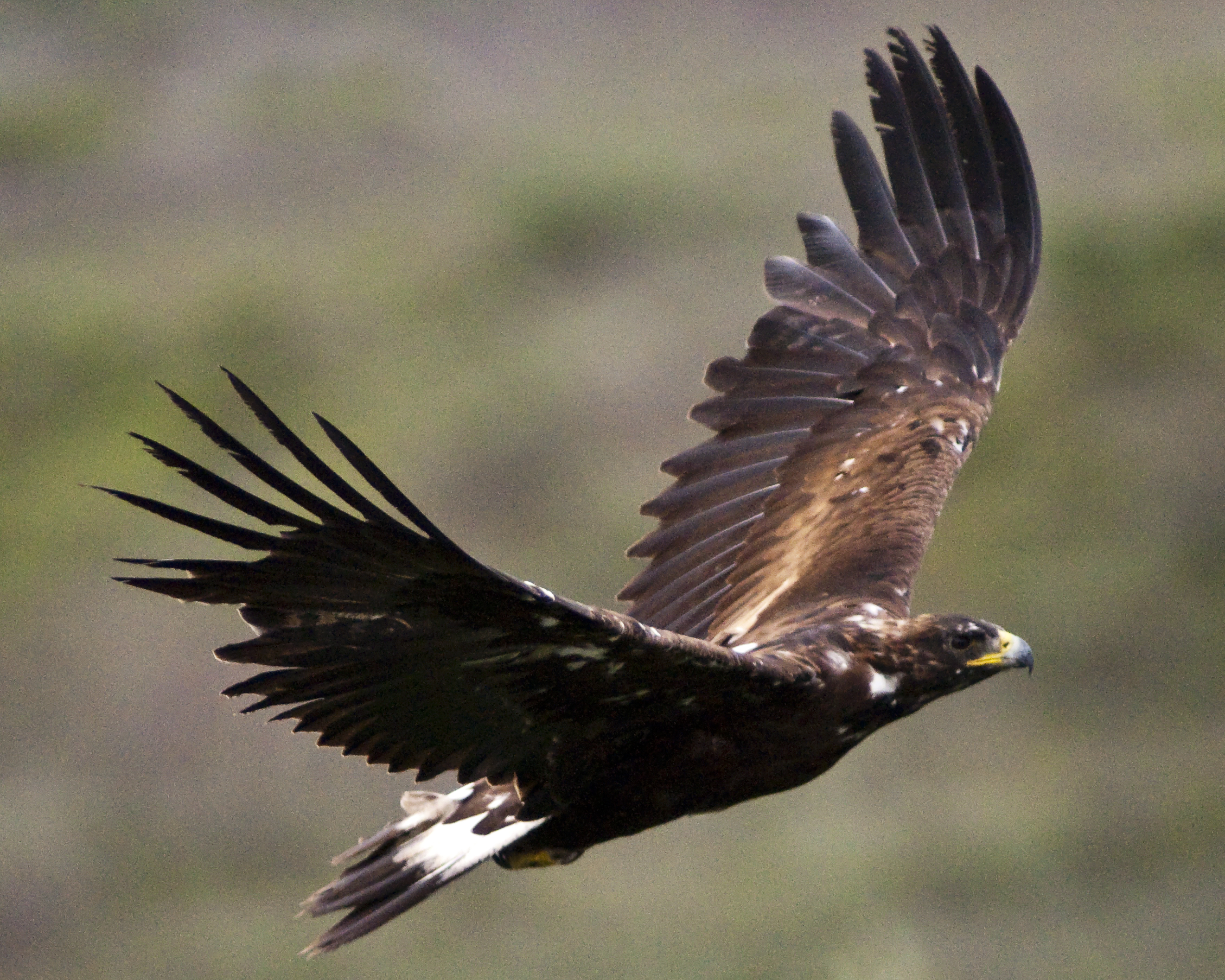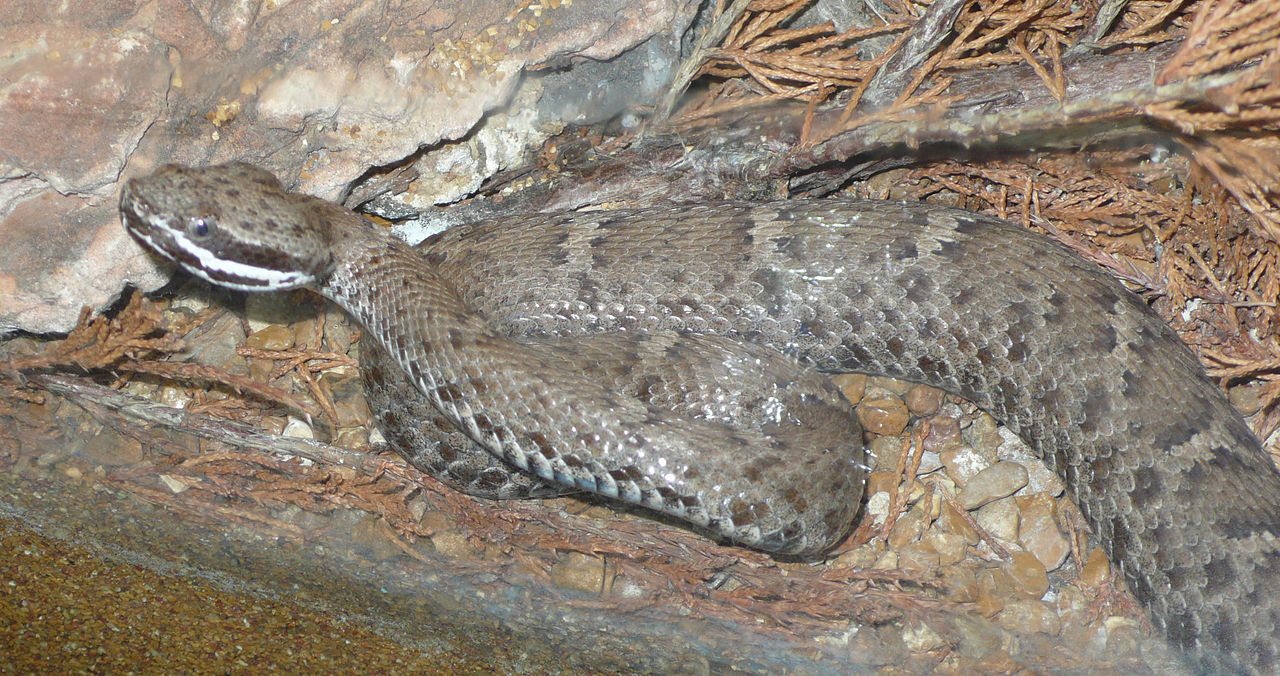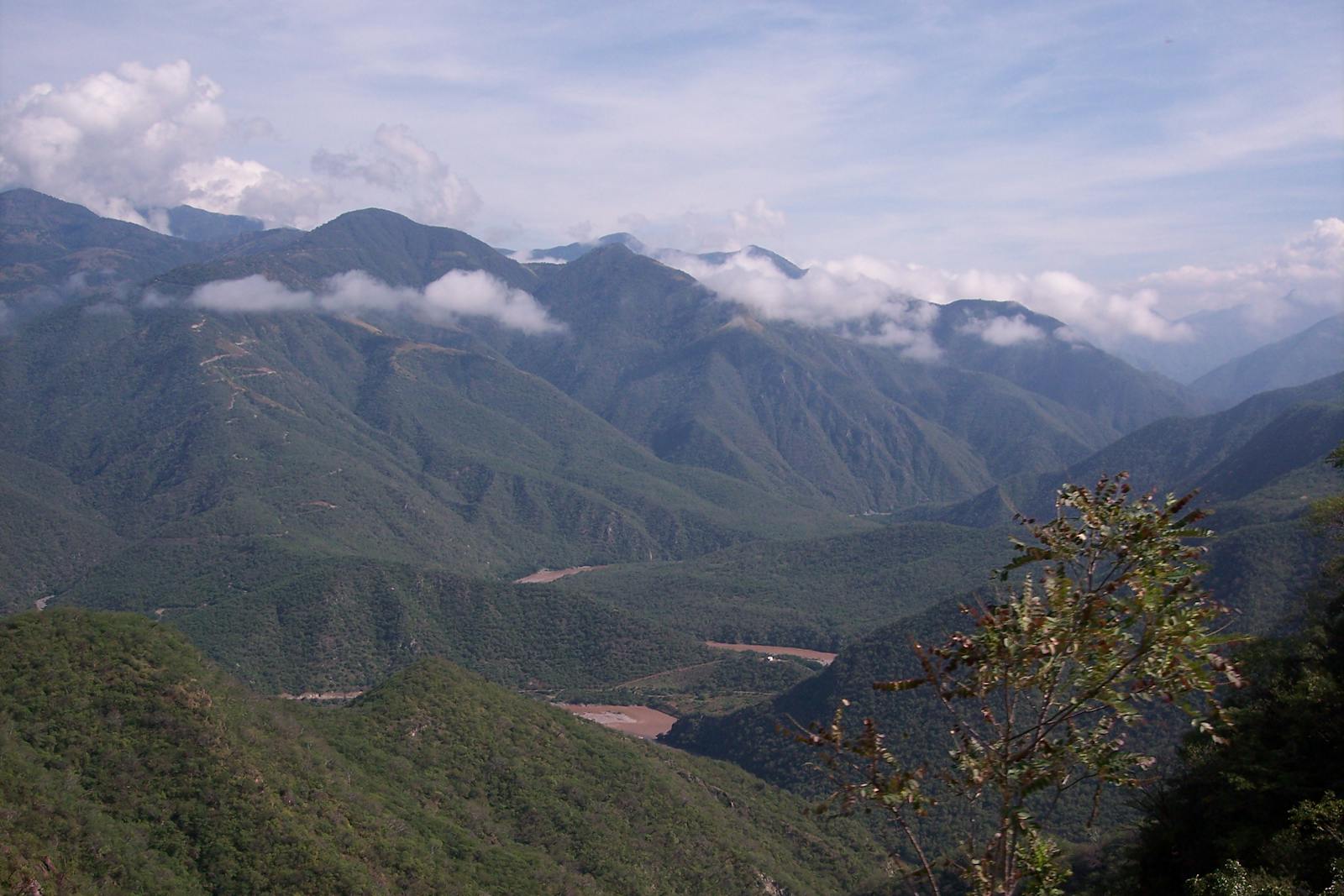Sierra Madre Occidental Pine-Oak Forests
The ecoregion’s land area is provided in units of 1,000 hectares. The conservation target is the Global Safety Net (GSN1) area for the given ecoregion. The protection level indicates the percentage of the GSN goal that is currently protected on a scale of 0-10. N/A means data is not available at this time.
Bioregion: Sierra Madre Forests & Mexican Drylands (NA29)
Realm: Northern America
Ecoregion Size (1000 ha):
21,733
Ecoregion ID:
326
Conservation Target:
24%
Protection Level:
5
States: Mexico: Sonora, Sinaloa, Chihuahua, Durango, Zacatecas, Nayarit, Jalisco, Aguascalientes. United States: AZ
Stretching from southeastern Arizona’s “sky islands” to just north of Guadalajara in Jalisco, the extensive Sierra Madre Occidental Pine-Oak Forests ecoregion is one of the most species-rich in North America. It also contains roughly two-thirds of Mexico’s remaining forest and woodland. This ecoregion constitutes the largest portion of the Madrean Pine-Oak Woodlands Biodiversity Hotspot, one of 36 hotspots in the world.
Pines and oaks reach their highest species richness globally in this hotspot. The terrain is rugged mountains (ca. 27 small mountain ranges), high relief, and steep canyons that reflect the region’s complex geological history. The highest peak in the northern portion of the ecoregion is Mount Graham in Arizona, at 3,300 m, with similar heights reached by some peaks in the southern portion.

The flagship species of the Sierra Madre Occidental Pine-Oak Forests ecoregion is the thick-billed parrot. Image credit: Creative Commons
The climate of this ecoregion is diverse, reflecting its long latitudinal extent and variation in elevation. The general climate is one of mild winters and wet summers. Mean annual precipitation is around 553 mm, falling largely in August, with temperatures ranging from -3ºC to 28ºC. Western slopes generally receive more rainfall and have milder winters, whereas some high elevations have snow cover year-round.
Fire-dependent pine-oak forests are the most distinctive vegetation of the ecoregion, occurring mostly on elevations between 1,500 and 3,300 m. The highest lightning strike frequency in North America occurs in a small area on the western slope of this ecoregion in Sinaloa. An estimated 23 species of pines and more than 100 species of oaks occur in this ecoregion. Steep slopes with thin soils support chaparral dominated by pointleaf manzanita and short-statured oaks. Grasslands and oak-grassland woodlands are common, often representing a transition from pine-oak forest to desert grassland.
These transitional communities contain cacti such as cream cactus, pincushion, and hedgehog cacti. Plant endemism is especially high in the northern portion of the ecoregion, where pine-oak forests are restricted to sky islands in a sea of desert. At least two endemic oak species and several endemic genera of plants occur in this ecoregion.

Golden eagle. Image credit: Kent Miller, NPS, Creative Commons
The birdlife of this ecoregion is so distinctive that it is recognized as a global Endemic Bird Area, with endemic species including the thick-billed parrot (classified as Endangered by IUCN), tufted jay, eared quetzal, and green-striped brush finch. The imperial woodpecker—the largest woodpecker in the world—is presumed extinct. Roughly 10% of the birds in the northern portion of the ecoregion are endemic.
Other characteristic birds include the green parakeet, eared trogon, coppery-tailed trogon, Mexican jay, Mexican spotted owl, violet-crowned hummingbird, and golden eagle. High-elevation residents include Gould’s turkey, band-tailed pigeon, Mexican chickadee, and hepatic tanager. Mammal diversity is also high, with endemics and near-endemics including the Zacatecan deer mouse and Peter’s squirrel. Puma and black bear still occur here, whereas the jaguar and Mexican wolf are extremely rare, and the grizzly bear is presumed locally extinct.
Approximately one-quarter of the reptiles and over half of the amphibians in the northern portion of the ecoregion are endemic. At least three species of rattlesnake—rock, twin-spotted, and ridgenose—inhabit this ecoregion. Among the many lizards are several in the genus Sceloporus, including Clark’s spiny lizard, Yarrow’s spiny lizard, bunchgrass lizard, and striped plateau lizard. The barking frog and Tarahumara frog can be found in springs and streams.

Arizona ridgenosed rattlesnake. Image credit: Tim Vickers, Creative Commons
Only about 1,215 km2, or 2%, of the pre-settlement pine-oak forest remains in old-growth condition within this ecoregion. Pines and oaks are very valuable timber trees, and logging pressure on them has been relentless since as early as 1880. Fire exclusion and other alterations of the natural fire regime is also a problem. Logging pressure, as well as hunting and livestock grazing, remain unacceptably high. Only 13% of this ecoregion is protected, but 20% of natural habitat remains outside protected areas.
Priority conservation actions for the next decade are to: 1) establish additional protected areas, reduce logging, and restore native vegetation and natural fire regimes; 2) promote recovery of rare species, such as the Mexican wolf and jaguar; and 3) reduce hunting pressure.
Citations
1. Valero, A., J. Schipper, T. Allnut, and C. Burdette. Undated. Southern North America: Western Mexico into the Southwestern United States. World Wildlife Fund. https://www.worldwildlife.org/ecoregions/na0302
2. Brown, David E. ed. 1994. Biotic Communities Southwestern United States and Northwestern Mexico. University of Utah Press, Salt Lake City, Utah.
3. Ricketts, Taylor H., Dinerstein, Eric, Olson, David M., Loucks, Colby J., et al. 1999. Terrestrial Ecoregions of North America. Island Press Inc, Washington D.C., USA.




